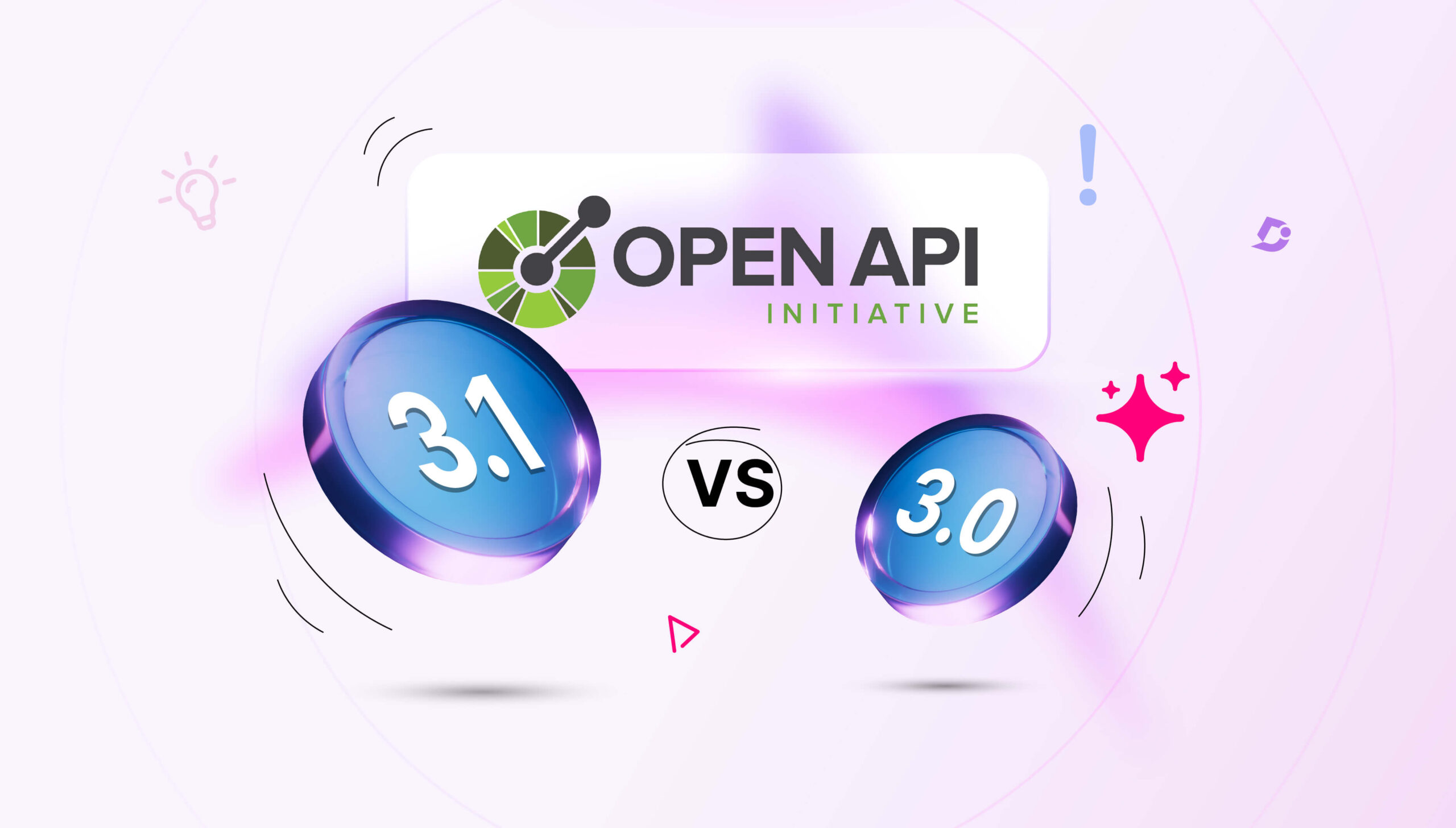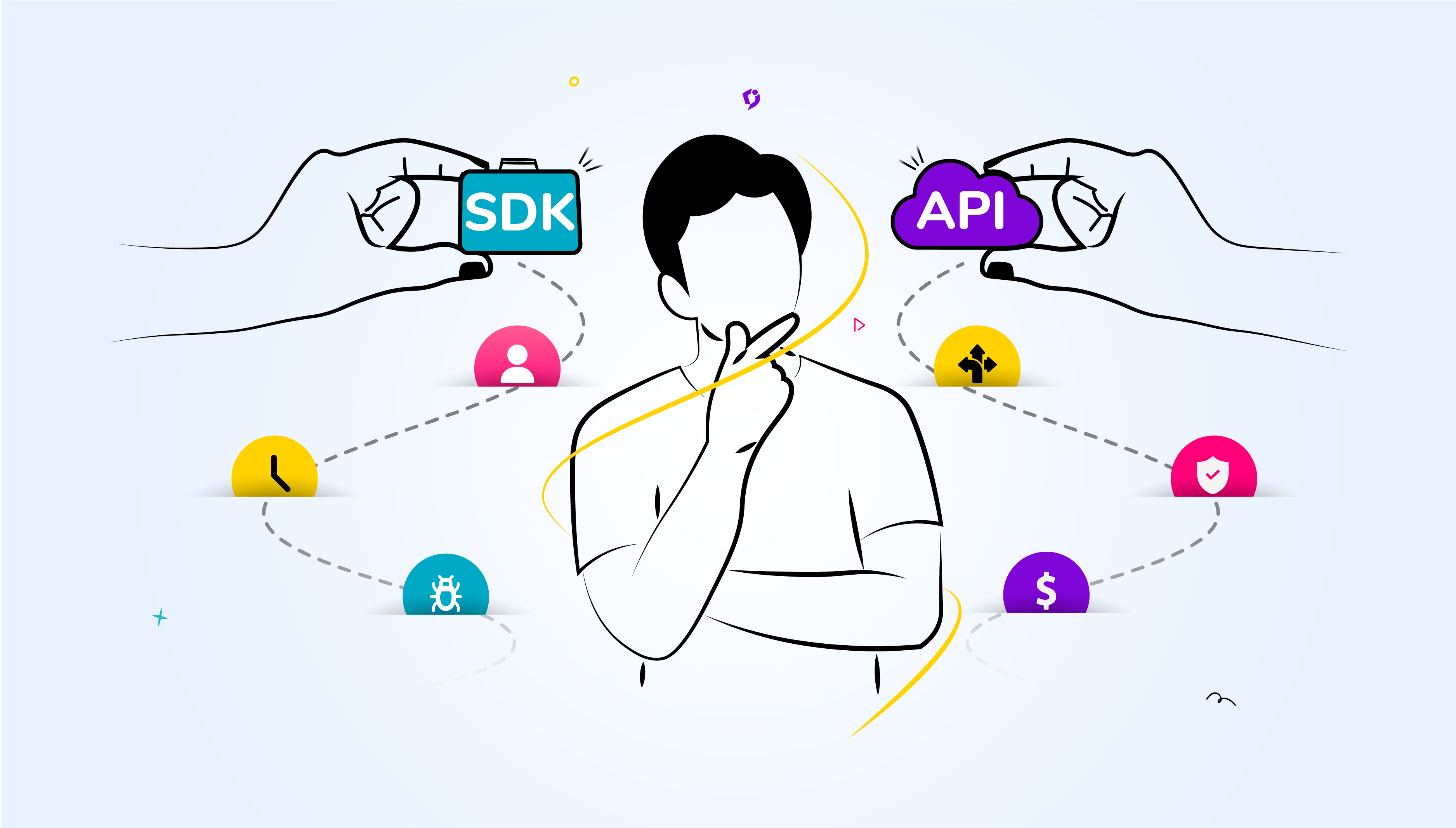An API by its very nature is intended to be used by others. APIs save developers massive amounts of resources by enabling them to work with an existing tool rather than having to create it afresh themselves. By accessing public APIs, developers can benefit from the hard work of others. You need a solution that will make the process of releasing your API to the public a lot easier.
And in order to make your API accessible you need to document it with the appropriate tool. One such tool is Postman which has become a popular choice for API documentation, used by thousands of companies and millions of developers, but it is by no means the only solution out there.
Postman is a tool for not only developing and testing APIs but also documenting them. It allows you to design and create your API throughout the lifecycle, giving developers the platform they need to collaborate with a team to develop an API.
Store and manage API specifications
With Postman, you can store and manage API specifications all in one place in a centralized system. At a glance, you can view and update your API specifications and ensure they are accurate for your users.
Documentation
We are primarily interested in Postman for the purpose of API documentation. Postman offers the capabilities to document your API with machine-readable documentation that is automatically kept up-to-date. Postman pulls your sample requests, headers, code snippets, and more to fill your documentation with dynamic examples and instructions.
Workflow
Postman manages your workflows throughout your team or organization. For example, if working within a team you can maintain access control by assigning roles to workspace members. Version history stores all versions of your API so you can collaborate effectively and changes are never permanent.
Test cases and results
You can store and manage your test cases and results so you can easily understand how your API is performing and see where you need to make changes. The Test Results tab allows you to view the results of your tests and you can look back on them at any time. You’ll want to run tests regularly to check your API is working as expected, any integrations are functioning reliably, and to confirm that recent updates haven’t broken any existing functionality.
Metrics
In the Postman Enterprise plan, you can generate reports that tell you how your team uses Postman, which gives you insight into the state of your APIs. This includes tests, documentation and monitoring coverage. Your Reports dashboard allows you to search for an API by name and reports are generated periodically.
Using Postman offers several benefits for you and your team.
Create API documentation automatically
Firstly, when building an API, Postman automatically generates API docs for any OpenAPI 2.0 or 3.0 definition with the ability to add even more detailed documentation. The API documentation includes complete API, path, and operation information, such as authentication methods, parameters, request bodies, response bodies and headers, and examples. This saves you time from having to add this information manually to your API documentation.
Documentation is automatically updated
When you make changes to your API, the documentation is automatically updated by Postman. When you want to update your Schema documentation, you can edit the definition, save, and the docs are automatically updated.
More information is added to the collection documentation
Collections in Postman are a group of saved requests that you might want to reuse, which save you time in searching for individual requests in your history. You can add more information to the collection documentation such as including comments to provide more context.
Variable values for specific environments can be created and saved
When you use a set of related variables in an environment, you can refer to them in your descriptions and the initial value of the variable is automatically populated in the documentation. You can use these environments across different APIs which will be available to anyone who has access to the documentation.
Documentation is published with other public API artifacts
When you use Postman, your API is hosted on a cloud-based, version-controlled, centralized repository containing all API artifacts throughout the entire API lifecycle. As a result, there is a single source of truth for your API controlled through workspaces which provide access to Postman’s tools.
User Opinion on Postman
“A user-friendly interface that simplifies testing APIs efficiently. Clean UI, easy to use which makes the life of testing APIs easy.”
There is a free version of Postman available and you can access it either through the web or download the desktop app. The paid plans give your team more advanced options and flexibility in how they work. Postman also offers a public API hub where you can publish your API and also discover new APIs by other organizations and developers. Postman is a developer friendly tool than can help you collaborate efficiently at every stage of you API development. But if you are looking for alternatives, here are 8 alternatives you can consider.
8 Best Postman Alternatives in 2023
1. Document360
Document360 is our solution for API documentation, and as a dedicated tool it offers numerous benefits for those who are looking to document their APIs for internal and external users. Document360 automatically generates documentation from your API definition files, presenting it beautifully in an interactive user interface. Simply upload or link to your OpenAPI file and automatically create comprehensive documentation. Whenever the OpenAPI specification file changes, Document360 instantly updates the documentation so your docs are never out of date.
Pros
- Smart sync preserves manual edits to the API documentation, allowing you to create custom pages
- Automatically generates code samples for API endpoints in five different languages
- Manage multiple API definitions and versions from a single place
Ready to take your API documentation to the next level? Book a demo with Document360 today!
Book A Demo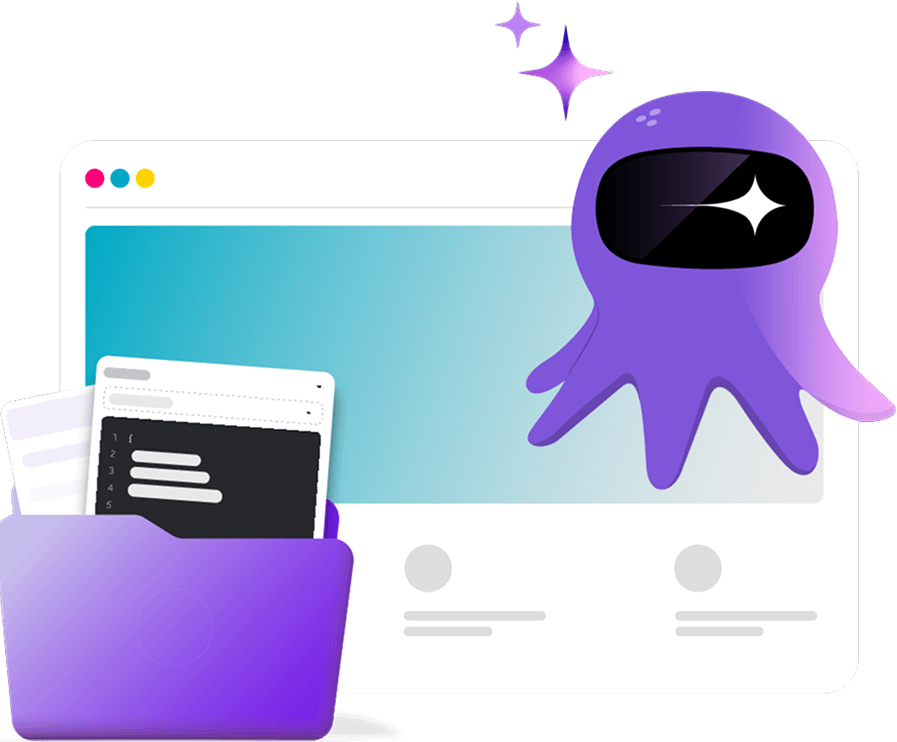
2. API Hub (formerly Swaggerhub)
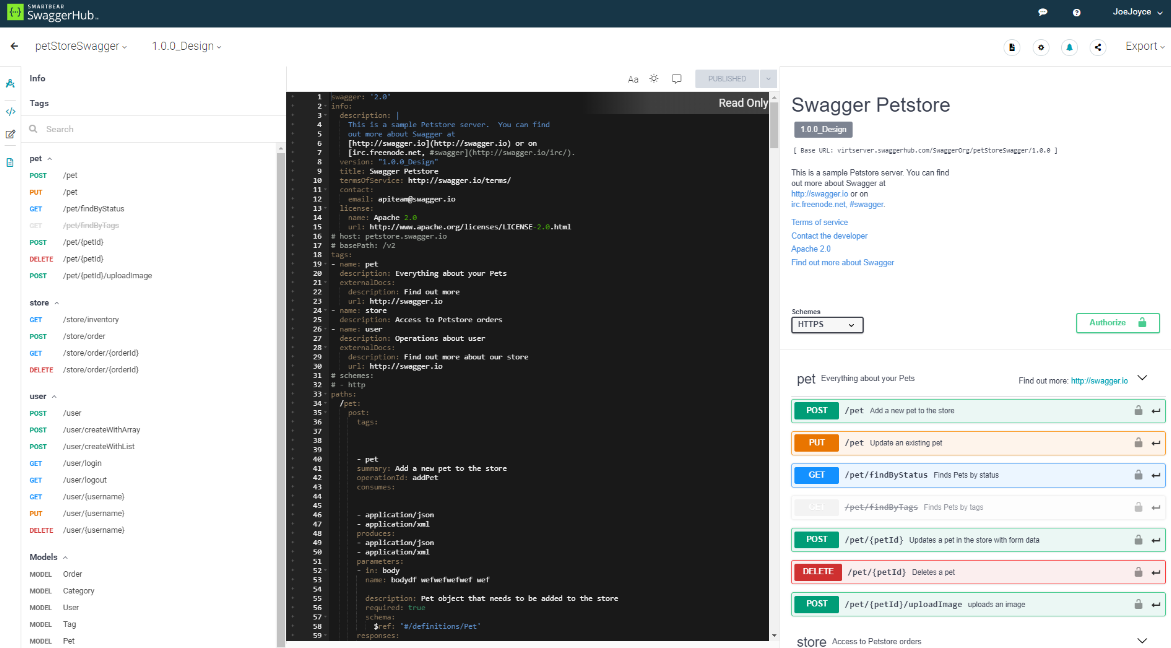
API Hub (formerly SwaggerHub) is another Postman alternative which is a tool that allows you to design and document RESTful APIs using the OpenAPI specification. Interactive documentation is generated automatically during design so you can develop APIs at speed for your users. You can manage access to API documentation using built-in permissions and user roles, as well as using versioning to update and maintain multiple versions of the API docs. As an API documentation platform, API Hub is a viable alternative to Postman.
Pros
- Syntax auto-completion to speed up writing code
- Collaborate on APIs using Team Management
3. MuleSoft Anypoint platform
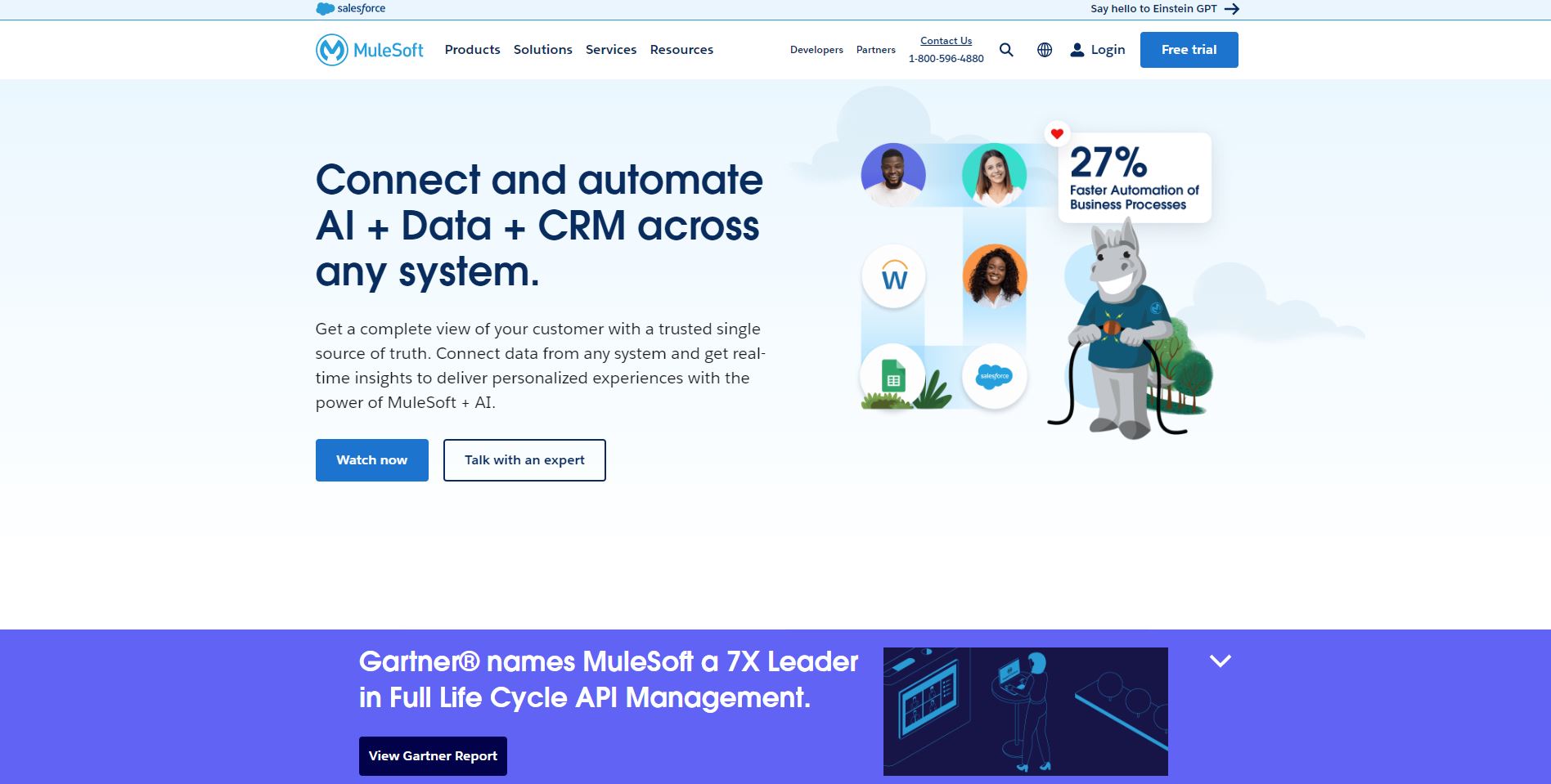
MuleSoft Anypoint is a product by Salesforce that offers many different features, including API management. MuleSoft allows you to group your APIs together in the platform and gain valuable insights into your API’s reliability, performance, and compliance. API analytics share key metrics that show you the performance of your API over time. When you adopt MuleSoft for API management, you can use its tools for Flex Gateway, governance and monitoring.
Pros
- Integrated platform that offers lots of functionality relating to APIs
- Manage and secure any API, built and deployed anywhere
4. Stoplight
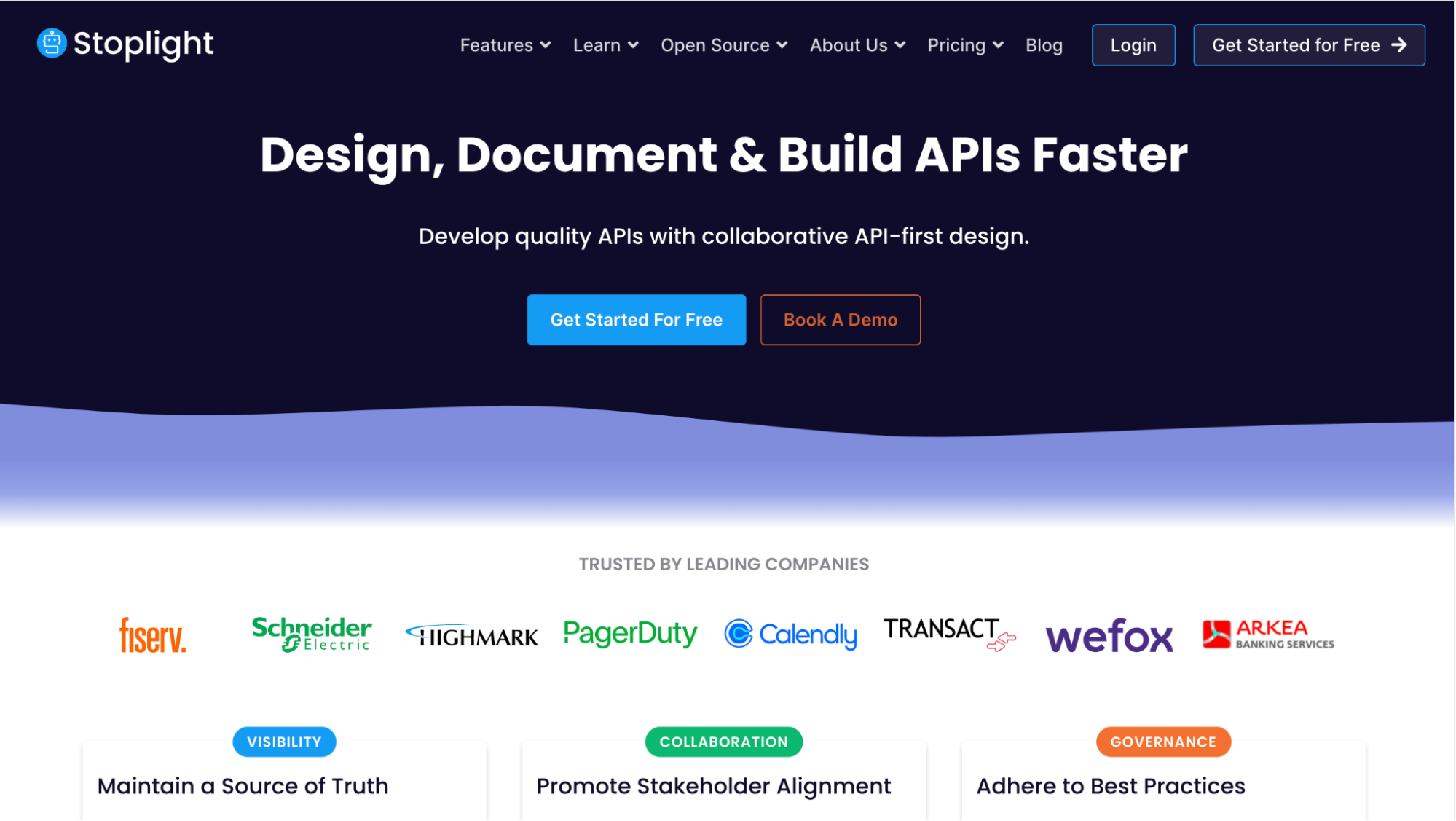
Stoplight is a great little tool that has been developed specifically for API documentation that helps you design and build your APIs much faster. Stoplight uses modern API workflows and an intuitive UI to enable development teams to complete their entire API design lifecycle. Documentation is interactive with tutorials and code samples, providing a highly desirable developer experience.
Pros
- Design your API in OpenAPI or JSON Schema
- Instant mock servers allow you to test out designs and gather early feedback
5. Boomi
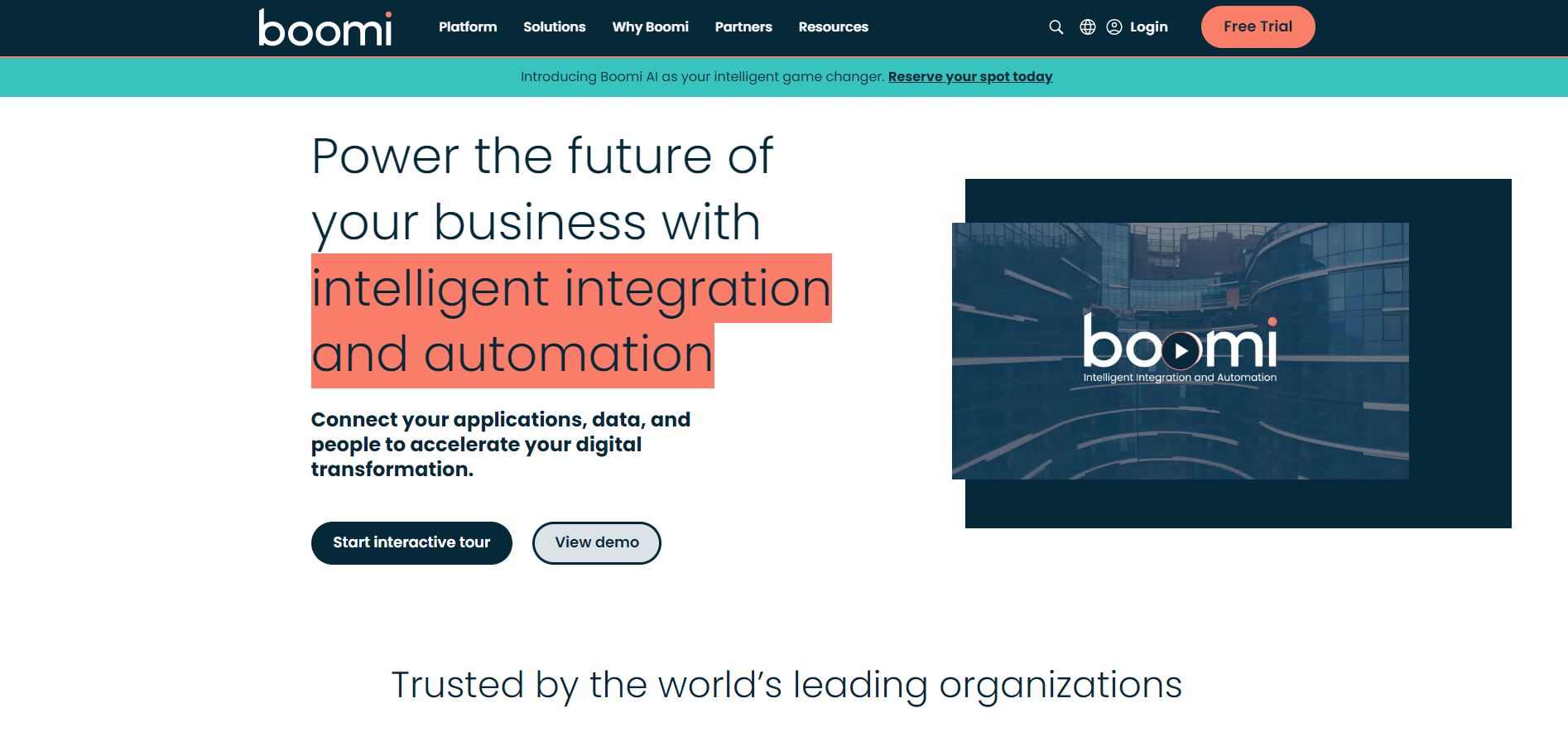
Boomi is another platform much like MuleSoft which allows you to manage and deploy APIs with intelligent integration and automation. It supports the full lifecycle of APIs in any environment and you can configure your APIs with real-time integrations. Boomi allows you to use APIs to make the most of your business’s data and create better experiences for your customers.
Pros
- Readily connects to most platforms and offers custom integrations
- It’s easy to perform bulk operations in Boomi
6. Azure API Management
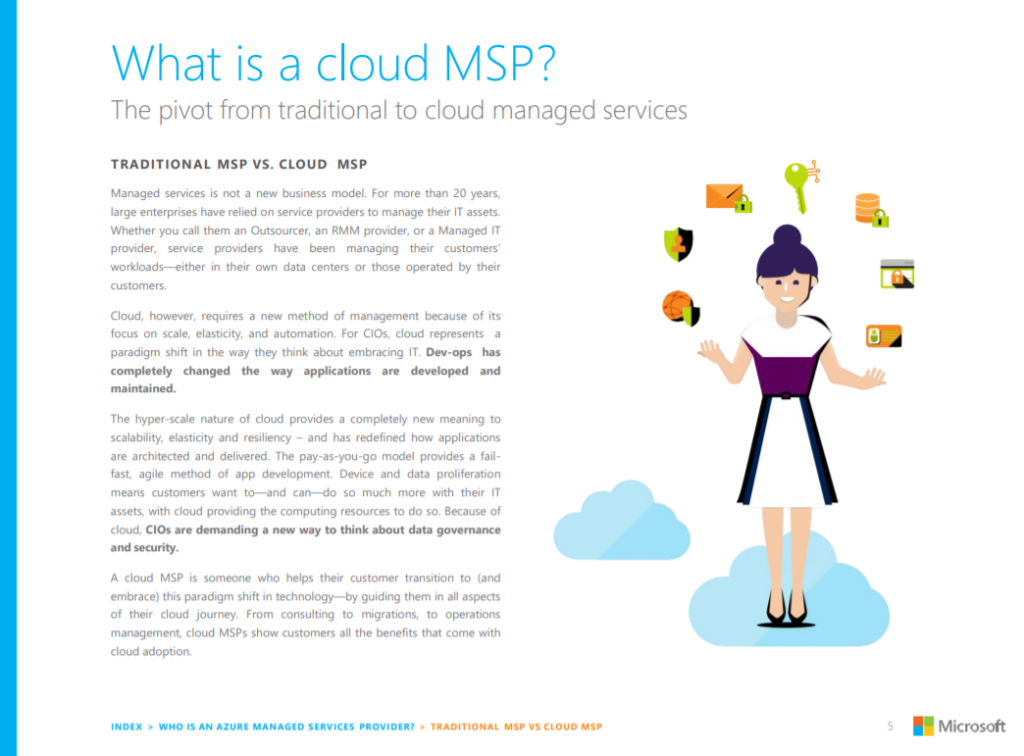
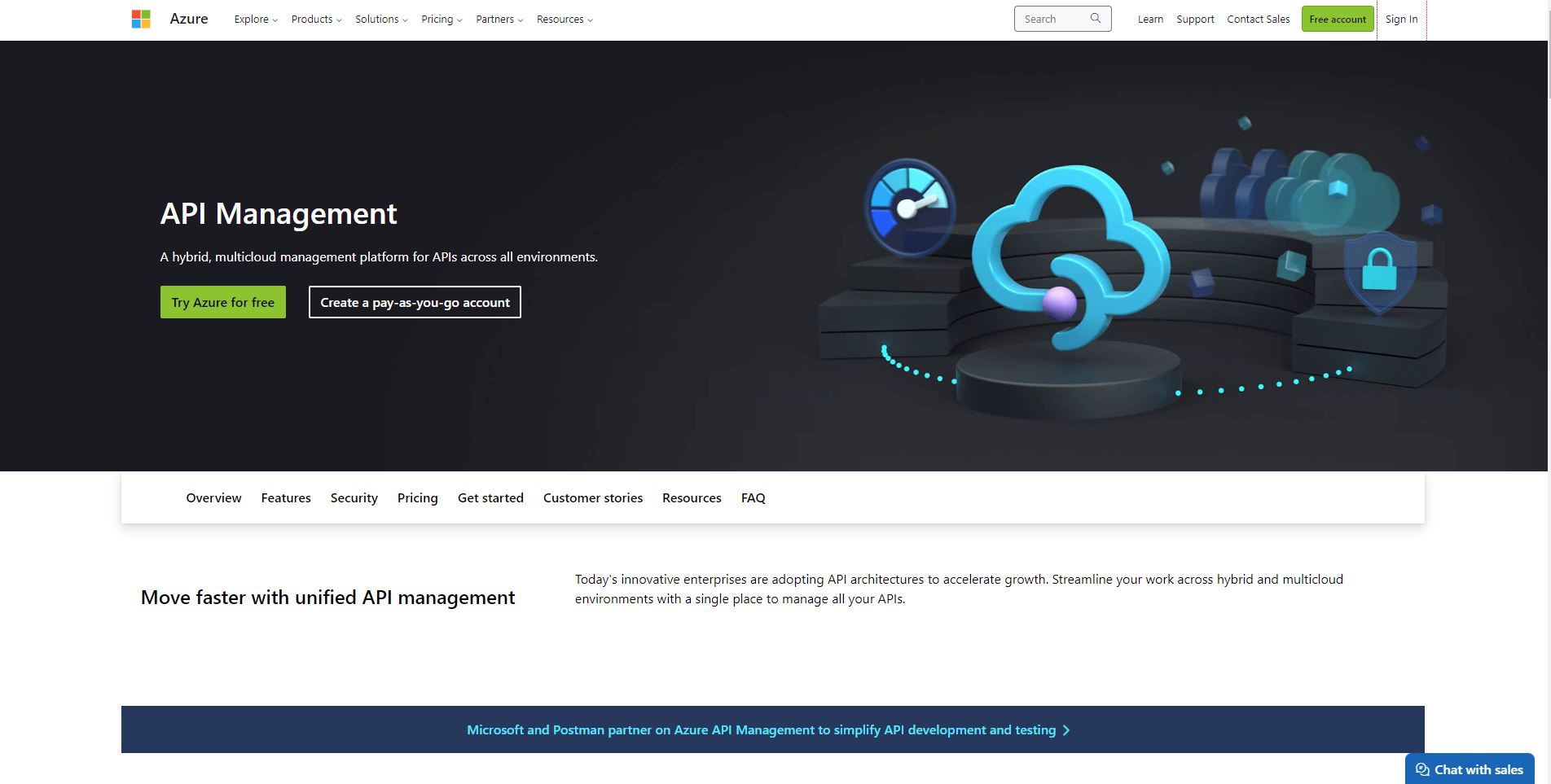
Azure API Management is Microsoft’s answer to Postman. As a result, this is a product that is a hybrid, multicloud management platform for APIs across all environments. In fact, Microsoft and Postman have even partnered on API management to offer a more comprehensive solution for developers. Azure allows you to authenticate access, authorize users, and set usage limits. Azure also offers automated API documentation alongside capabilities for API mocking, API revisions and versioning.
Pros
- Meets high security and compliance requirements
- Ability to view all your internal and external APIs all in one place
7. Kong API Gateway
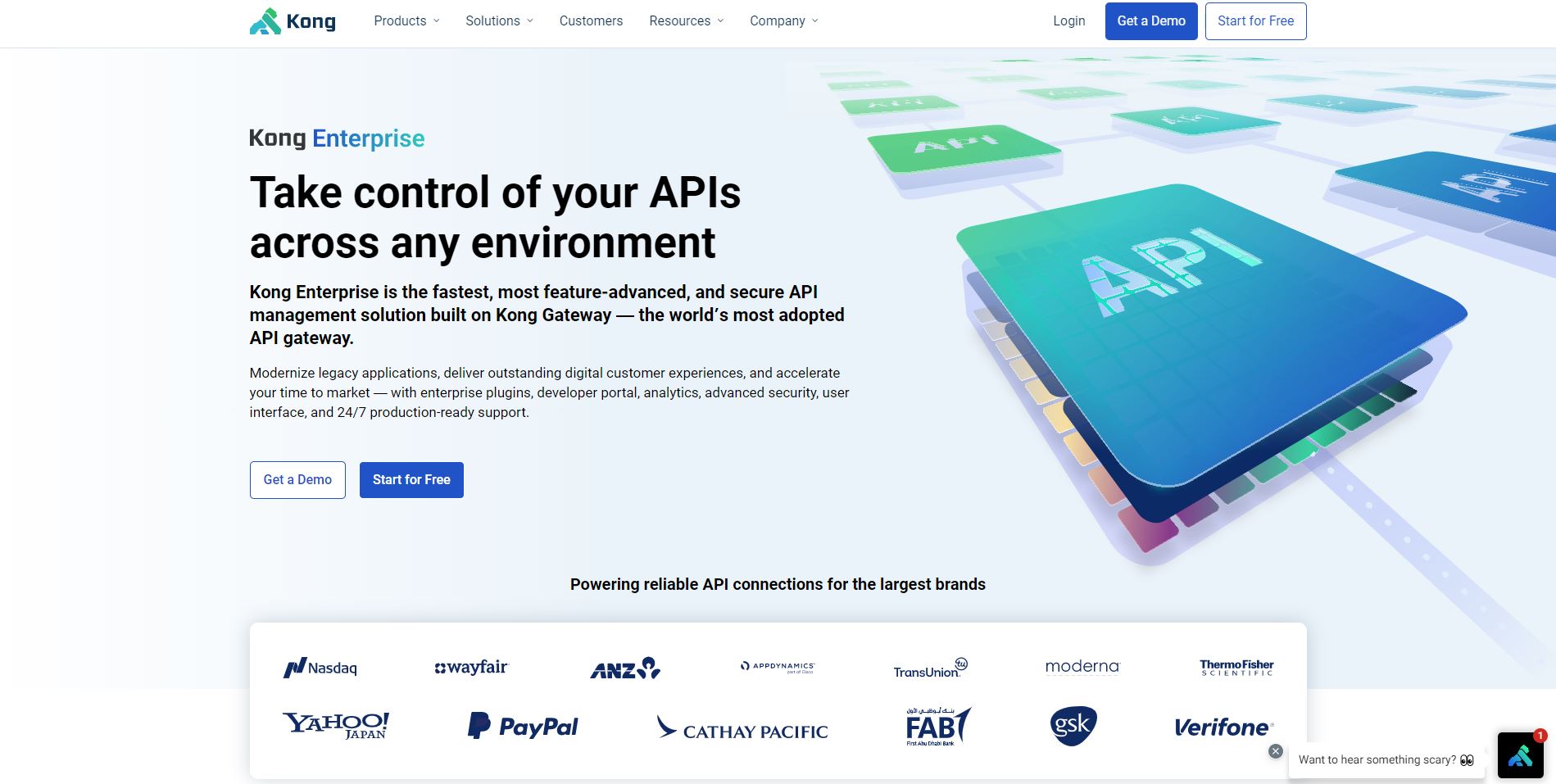
Kong API Platform is an API management tool that helps you build applications at speed. Kong has built-in security, governance, and compliance, so you can rest assured that your APIs are up to standard. Collaborative workflows allow you to design and debug APIs with automations. Provide better experiences for your customers with Kong’s cloud-native platform and integrations with a range of technologies, including open source.
Pros
- Connect services across any cloud, any platform, and any modern protocol, such as REST, GraphQL, gRPC, and Kafka
- Scale effortlessly with the ability to handle large amounts of traffic and high number of connections
8. ReadyAPI
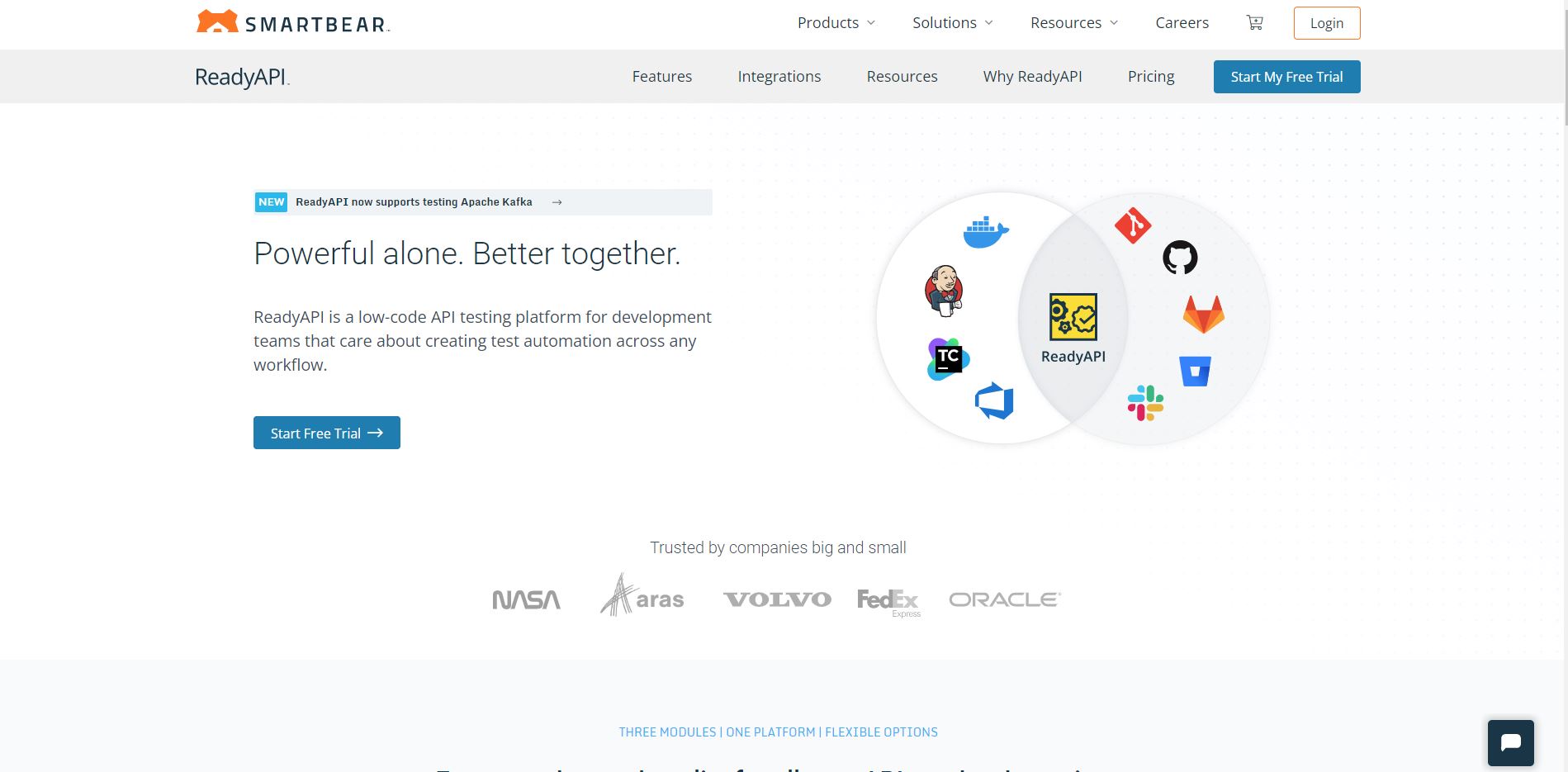
ReadyAPI by SmartBear is an API testing platform for developers who want to create, manage, and execute automated functional, security, and performance tests. You have the choice of whether or not to use scripts to create your tests which you can also automate. ReadyAPI was developed specifically for testing REST, GraphQL, SOAP, JMS, and JDBC services, giving you a wide range of potential use cases.
Pros
- Powerful reporting dashboard for viewing the results of your tests
- Easy to add APIs and update them in ReadyAPI
Wrapping Up
As you will have now learned, there are many alternatives to Postman when it comes to building, testing and documenting your APIs. We can recommend our own Document360 as a solution for documenting your APIs with many time-saving features such as automatically generating docs and setting up workflows.
With Document360, you are not limited to documenting one API but you can create multiple knowledge bases for each API you are responsible for. Your documentation is fully customizable and can be adjusted to suit your brand. Ensure you offer a great developer experience by choosing Document360 for your API documentation.

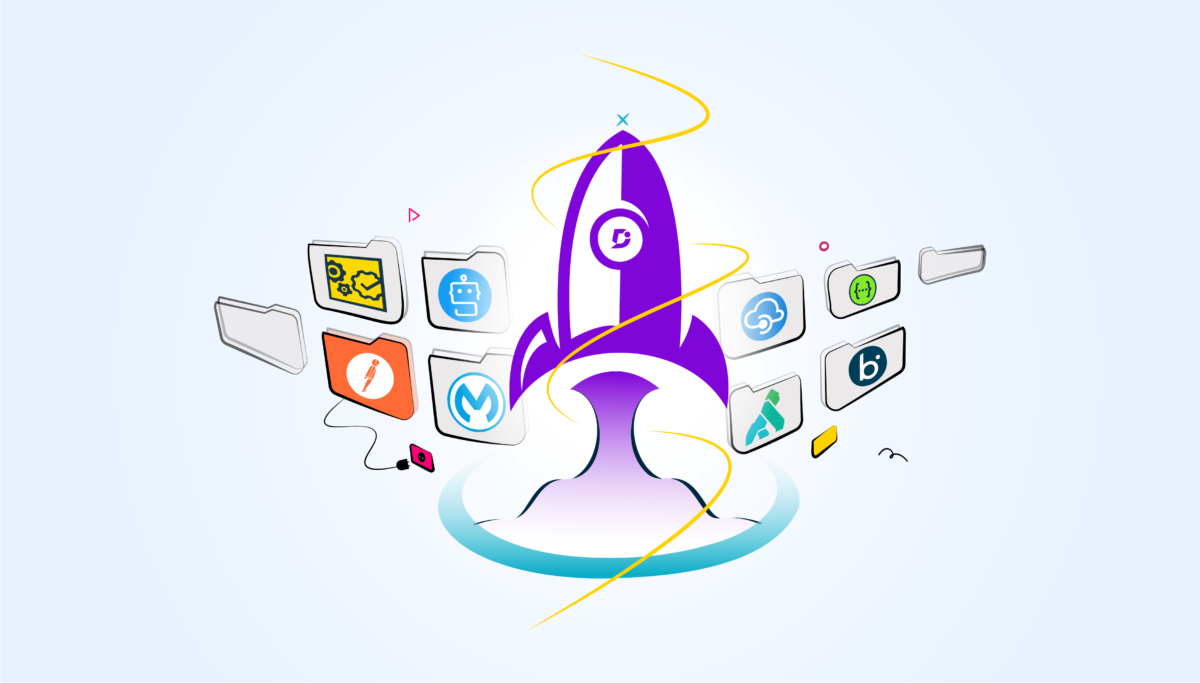


 –
– 